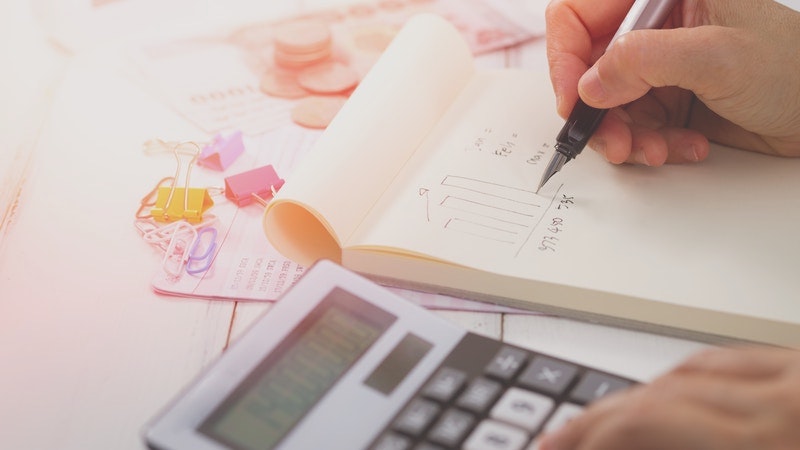The Balance Sheet: Part 1
Episode #3 of the course Introduction to accounting by Martin Ryan
Yesterday, we covered revenue and expenses. Today, we’ll start talking about the balance sheet.
The official name for the balance sheet is the statement of financial position. It shows what the assets of the business are and how they have been funded—either by borrowing (liabilities) or through owner-introduced funds and profits (equity).
This lesson will recap what assets, equity, and liability are, but going a little deeper than before.
Assets
An asset is money or something that can be changed into money reasonably quickly.
To be more precise, it is an item that the company has made or purchased in a previous arm’s length transaction and is likely to produce future tangible benefits to the company.
An arm’s length transaction is simply a normal business transaction where a fair value is paid. “Mate’s rates” would not qualify as an arm’s length transaction because the value paid is probably less than the asset is actually worth.
Future tangible benefits means that because of this asset, there is likely to be income generated at a later date. This income may be generated either by selling the asset, creating revenue by using this asset, or both.
For example, a company may own a truck, which means they are able to go out and deliver the products they sell, thus helping to earn revenue. Or they may sell the truck. Either way, it will make the company money at some point in the future.
Liabilities
A liability is the opposite of an asset. It is an obligation to pay money to another party in the future. To be more precise, it is a contractual obligation resulting from a previous arm’s length transaction, which necessitates a payout of money or equivalent to a third party at or by a specified future date.
For example, if a homeowner has a mortgage with the bank, then they are obligated to pay them back in the future. Or if a company bought wood on credit, then they must pay their supplier in the future.
Equity
Equity is the balancing item on the balance sheet. If all assets were sold and all debts paid, then equity is what would—theoretically—be left. The term “proprietorship” can also used in sole trader organizations or very small companies. It gets this name because all the equity belongs to the proprietor, who is the sole owner in these organizations. In larger companies, it is spread much further among a variety of shareholders and gets its more common name: equity.
It is also the balancing item in another respect: When cash is first invested in the business, it goes to two accounts—to bank and to equity—as the balancing item. The reason for this will become more obvious in a future lesson, when we discuss double-entries and debits and credits.
NPAT in the Balance Sheet
The net profit after tax (NPAT) line that we first saw in the profit and loss statement makes another appearance in the balance sheet. The reason is that while a profit and loss is for a given period of time, the balance sheet gives a snapshot of an evolving and continuing set of accounts.
The balance sheet gives an overall idea of the health of a business. A profit and loss tracks revenue and expenses for one year, then it is closed and another one begins. However, the result of that year’s profit and loss contributes to the business’s overall strength or weakness. So, that result gets assimilated into the balance sheet, and it will continue to be a part of the business results for as long as the business exists.
It goes into the equity section because it is one of the sources of funding for buying the assets or paying off the liabilities in the business. It contributes to the business’s “net worth.”
Tomorrow, we’ll dive into an example balance sheet and look at the components we’ve discussed today.
Recommended book
Accounting for Small Business Owners by Tycho Press
Share with friends

